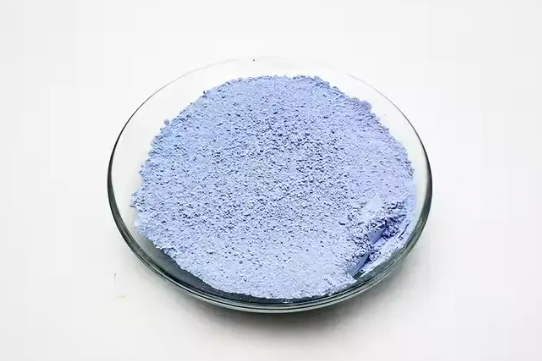Cerium (Ce), a rare earth metal, is notable for its diverse range of applications across various industries due to its unique chemical and physical properties. This article delves into the primary applications of cerium metal, highlighting its critical role in catalysis, polishing materials, glass and ceramics, metal alloys, and hydrogen storage.
Cerium metal's most prominent application is in catalysis, particularly in environmental and industrial processes.
Automotive Catalysts: Cerium is a vital component of three-way catalytic converters in automotive exhaust systems. These catalysts reduce harmful emissions such as carbon monoxide (CO), nitrogen oxides (NOx), and hydrocarbons (HC). Cerium's role as an oxygen storage material helps maintain the efficiency of the catalytic converter under varying conditions by providing or storing oxygen as needed.

Petroleum Refining: In the petrochemical industry, cerium-based catalysts enhance the catalytic cracking process. These catalysts help break down complex hydrocarbons into simpler molecules, improving the yield and quality of fuels. Cerium's redox properties are crucial in maintaining the activity and longevity of these catalysts.
Cerium oxide (CeO₂), derived from cerium metal, is widely used as a high-performance polishing agent.
Glass Polishing: Cerium oxide is the preferred material for polishing glass surfaces, including windows, mirrors, and optical lenses. Its fine abrasive quality allows for the removal of microscopic scratches and imperfections without damaging the glass surface. This results in a clear and smooth finish, essential for optical clarity.
Semiconductor and Optical Devices: In the electronics and optics industries, cerium oxide is used to polish semiconductor wafers and optical components. Its precision in removing material at a microscopic level ensures the high-quality surfaces required for these sensitive applications.
Cerium metal finds significant applications in producing glass and ceramics, primarily as a coloring and decolorizing agent.
UV Absorption: Cerium additives in glass improve its ability to absorb ultraviolet (UV) light. This property is particularly valuable in eyewear, automotive glass, and architectural windows, where UV protection is essential.
Coloring and Decolorizing: Cerium compounds are used to both color and decolorize glass. In its oxidized form (Ce⁴⁺), cerium can neutralize the greenish tint caused by iron impurities, resulting in clear glass. Conversely, cerium can also impart a yellow or amber color to glass, depending on the desired aesthetic effect.
Cerium metal enhances the properties of various metal alloys, making them suitable for specialized applications.
High-Temperature Alloys: Cerium is added to iron, steel, and aluminum alloys to improve their high-temperature stability and oxidation resistance. These cerium-containing alloys are used in aerospace, automotive, and power generation industries where materials are exposed to extreme conditions.
Magnesium Alloys: Cerium-containing magnesium alloys are lightweight and have superior mechanical properties. These alloys are used in automotive and aerospace components to reduce weight while maintaining strength and durability.
Cerium-based materials show promise in the emerging field of hydrogen storage, which is crucial for the development of hydrogen as a clean energy source.
Hydrogen Absorption and Release: Cerium alloys and compounds have demonstrated the ability to absorb and release hydrogen efficiently. These materials can store hydrogen at moderate pressures and temperatures, making them suitable for use in fuel cells and hydrogen-powered vehicles.
Cerium metal's versatility and unique properties make it an invaluable material across a wide range of industries. Its applications in catalysis help reduce environmental pollution and enhance fuel production. As a polishing agent, cerium oxide ensures the quality and precision of glass and semiconductor products. In glass and ceramics, cerium improves both functionality and aesthetics. Its role in metal alloys contributes to the development of high-performance materials for demanding environments. Additionally, cerium's potential in hydrogen storage positions it as a key player in the future of clean energy. Companies like Stanford Materials Corporation (SMC) provide high-quality cerium products that meet the diverse needs of various industries, driving innovation and technological advancements. As technology progresses, the applications of cerium metal are likely to expand further, underscoring its importance in both current and future industrial processes.
Eric Loewen
Eric Loewen graduated from the University of Illinois studying applied chemistry. His educational background gives him a broad base from which to approach many topics. He has been working with topics about advanced materials for over 5 years at Stanford Materials Corporation (SMC). His main purpose in writing these articles is to provide a free, yet quality resource for readers. He welcomes feedback on typos, errors, or differences in opinion that readers come across.

 Inquiry List
Inquiry List


